In most examples I found on the Internet , I see something like this :
ajaxRequest.onreadystatechange = function() {
if(ajaxRequest.readyState == 4) {
document.myForm.time.value = ajaxRequest.responseText;
}
}
ajaxRequest.open("GET", "serverTime.php", true);
ajaxRequest.send(null);
How is it possible and how does this code work , when the "change state" property is checked BEFORE the open and send commands are executed ? I know it works...but how does the flow return back to "check the state status" after the "open" and "send" are executed.
I would appreciate any help
Many thanks in advance :-)
